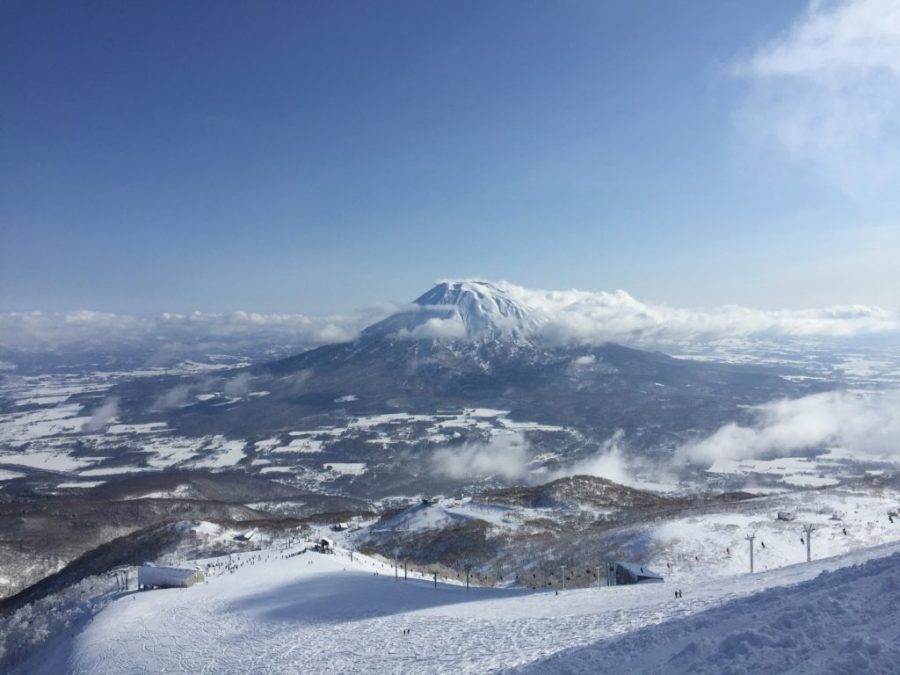Sometimes it feels like Millenials and the generations that have followed are derided for almost everything they do. Whether or not this derision is always valid, the truth is, post-Baby Boomer generations are causing significant fractures and shifts in the way western societies function. One such fracture and shift is happening now in the ski and snowboard industry, a shift post-baby-boom generation Bryan Dunn and Luke Zirngibl have created the website SnowSearch to acknowledge.
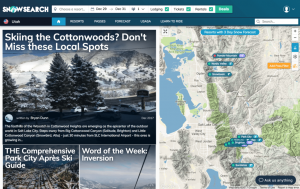
“The U.S. ski industry is in a very interesting spot right now. It has historically, very much from a spending and engagement perspective, been driven by baby boomers who had a very specific set of travel habits. They were very loyal,” explains long-time snowboarder Dunn. “What’s happening with leisure/travel and being echoed in the ski industry is this departure from loyalty — loyalty to brands, loyalty to certain hotels in certain cities, and loyalty to ski resorts.”
According to Dunn, this drop in loyalty is coupled with a “desire to explore,” and to go beyond the few mountains they were raised on by those far more loyal baby boomers.
The ski and boarding industry has noticed this shift in part, which has led to the rise
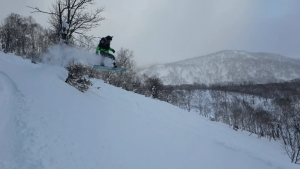
of multi-passes. One of the first such passes came from global mountain resort operator Vail Resorts, Inc. Their pass, called the “Epic Pass,” functions quite differently from past single resort options. Dunn says, “Instead of buying access to one mountain, [with the Epic Pass] you bought a season pass to all mountains, and you could go to as many of them as you want as much as you like.” Vail’s Epic Pass has proved incredibly successful. Other multi-resort passes are now available on the market as a result. “If you’re someone who skis more than a few times a year, it suddenly makes sense to buy into one of these multi-passes,” Dunn adds.
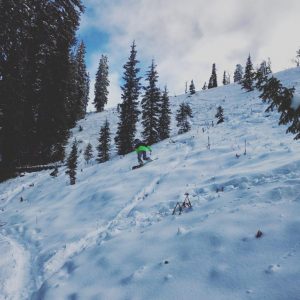
Such desire for exploration inherent in the success of multi-passes shows in Dunn’s own habits, boarding in resorts on four continents. His experience making these trips and going through the frustrations of not only planning which resort to go to, but also where to rent any needed gear, what type of overnight space to stay in, and how to manage transportation from said space to the resort, is what inspired the website.
“We’ve always looked for some unbiased, trusted viewpoint and we’ve found that really difficult to capture. And alongside that, these multi-passes are great, but they only include lift tickets. You’re always going to purchase a hotel or a vacation rental — whether that’s a home rental, Airbnb, something else; sometimes you need gear rental; sometimes you need transportation,” says Dunn. “There’s all these disparate pieces of inventory that you need to purchase when you finally do figure out where you want to go and when, and all these things are all over the place on the web.”
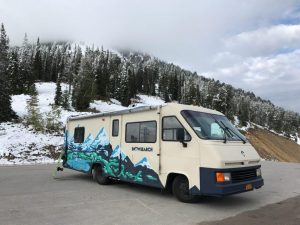
A business-minded individual himself, it was the combination of Dunn’s project pitching and the more technical-minded Zirngibl’s insights and skills that made SnowSearch, which aims to answer these problems, possible.
SnowSearch.co offers convenience at levels other ski websites have only brushed up against. From the start, the site is bursting with information. Current snowfall amounts for a variety of ski resorts scrolls across the top of the screen. Stories by local skiers and snowboarders, that know the resorts they cover, line the left-hand column. A map featuring nearby resorts lines the right.
The main feature of the site — the ability to simultaneously search for resort passes, gear rentals, and lodging — sits just below the scrolling snowfall information, right next to the SnowSearch logo.
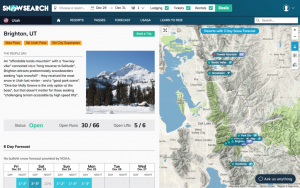
Type in a resort, choose a date range, select the number of people you’re looking to plan for, checkmark what other components you need to arrange, click “Deals,” and you’re matched with relevant information you would normally have to use multiple tabs for, all ready for you on one site. Dunn and Zirngibl see this as the only logical future for ski and snowboard planning. “We wanted to create one centralized environment where you can both find good trusted information based off what matters to you most, whether that’s where the most snow’s coming, or which resorts are nearby on your pass, or who has the best music, or ski party on the books for the next couple of weeks, and then book whatever you need for that trip,” Dunn says.
He adds, “We believe the industry needs something like this. It’s very sophisticated from an operational perspective, very sophisticated from a back-end tech perspective, but if you look at consumer-facing tech it’s super old-school, which has always worked just well enough,” he says. “As demographics start to shift, we’re confident we can provide a better channel for the industry to reach younger generations, who will represent the majority of spend within a few years. We’re eager to open up our platform to legacy stakeholders with the vision that the more comprehensive our site is from both an information and inventory perspective — as SnowSearch grows into a metasearch for the broader snow sports space — the better we can position the industry as a whole to engage the future consumers of these amazing sports.”


